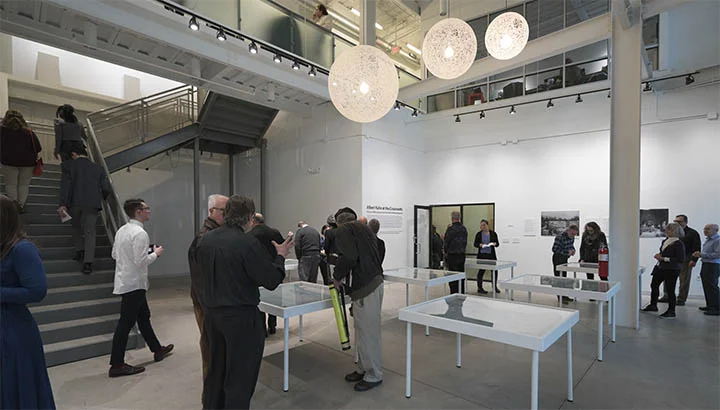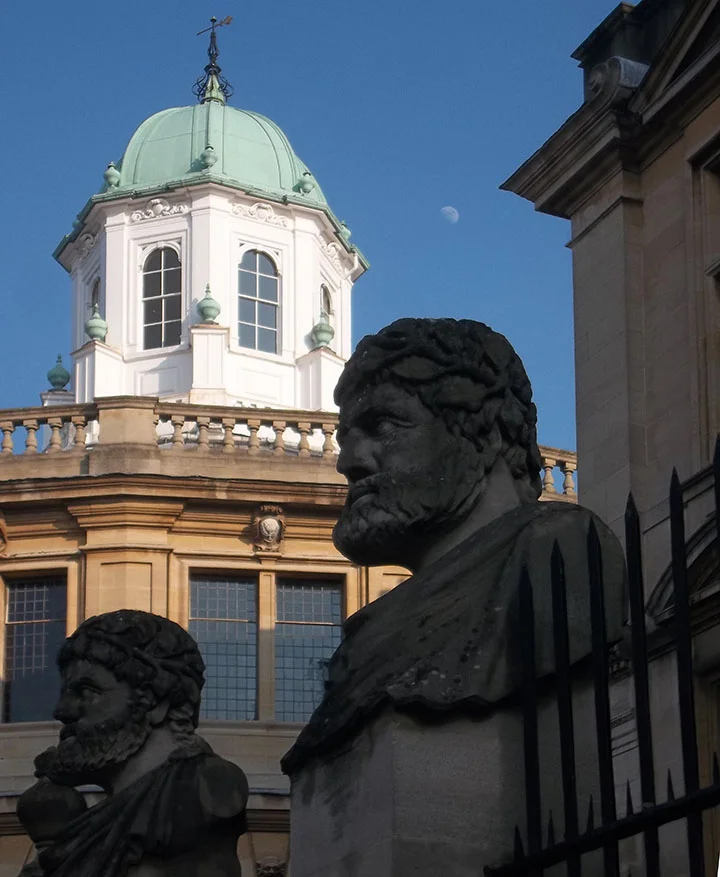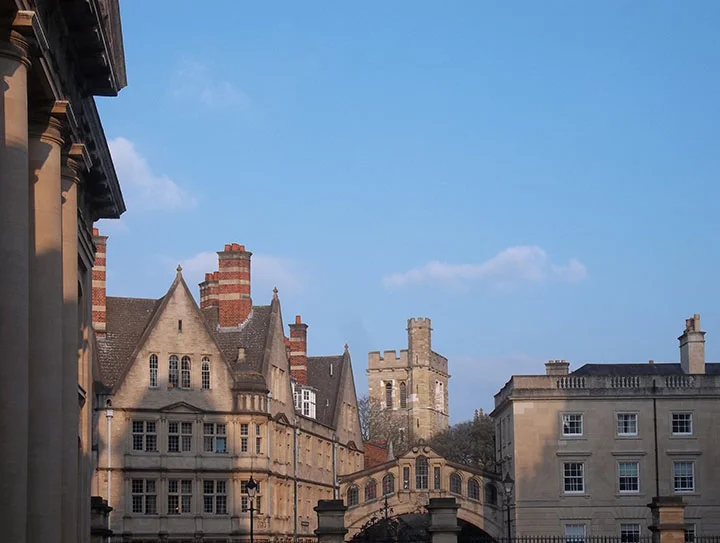In addition to his work for clients providing clients with effective business and commercial communication, design and art, Chris Meister delves into scholarly work, primarily architectural history. These pursuits are included on this website to demonstrate qualities and abilities not always considered in a business relationship, but are key nonetheless. For instance, curating an exhibit demands the coordination of many moving parts that must come together to meet a hard deadline. Participating in an international symposium involves entering new situations with confidence and awareness of cultural differences. As a biographer, meticulous attention to detail is needed while piecing together information from various sources and organizing them into a readable form that tells the story.
Chris Meister brings these attributes to his work for business clients. They include organizational skills and the ability to distill vast amounts of information into a concise and useful form. They also show a determination to see a project through to its end.









